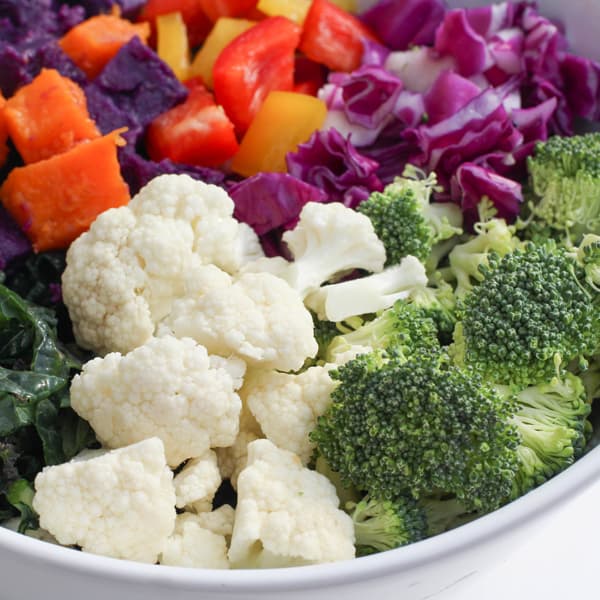Topic summary contributed by volunteer(s): Randy
Certain plant phytonutrients help stimulate natural detoxifying enzymes in our bodies. Broccoli, for example, is an excellent source of sulforaphane, a phytonutrient that helps our liver to detoxify and may help fight cancer. The key for maximizing sulforaphane is to allow myrosinase enzymes to produce sulforaphane in cruciferous vegetables by either eating them raw or adding myrosinase enzymes in the form of mustard powder to cooked, or pre-chopping the cruciferous vegetables, waiting at least 40 minutes, and then cooking. It is a common misconception that plant foods must be eaten raw because cooking deactivates live plant enzymes that we supposedly require.
Specific plant foods may also have different effects on our enzymes. For example, COX-1 is an enzyme that helps protect our stomach lining, whereas COX-2 is an enzyme responsible for pain and inflammation. Taking aspirin may suppress the harmful COX-2, but also the helpful COX-1, while consuming cherries preferentially suppresses COX-2. Another example can be found with mushrooms; consuming five white mushrooms a day may be enough to suppress the enzyme breast cancer cells use to metastasize.
There is an enzyme called TOR which plays a role in aging. Reducing leucine by restricting animal proteins like dairy may lower TOR activity. The enzyme telomerase, on the other hand, may help rebuild telomeres and slow the aging process.
For substantiation of any statements of fact from the peer-reviewed medical literature, please see the associated videos below.

















